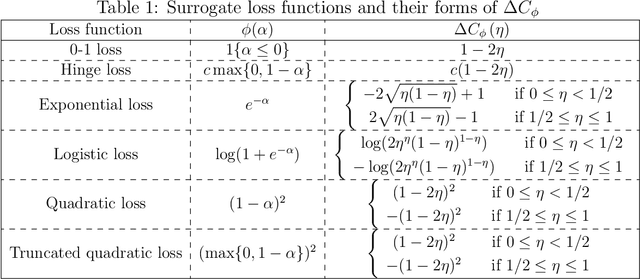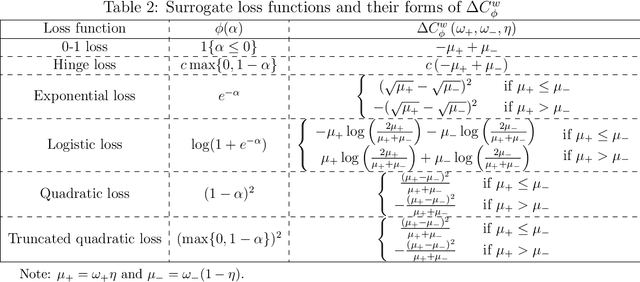Toru Kitagawa
Adaptive Experimental Design for Policy Learning
Jan 09, 2024Abstract:Evidence-based targeting has been a topic of growing interest among the practitioners of policy and business. Formulating decision-maker's policy learning as a fixed-budget best arm identification (BAI) problem with contextual information, we study an optimal adaptive experimental design for policy learning with multiple treatment arms. In the sampling stage, the planner assigns treatment arms adaptively over sequentially arriving experimental units upon observing their contextual information (covariates). After the experiment, the planner recommends an individualized assignment rule to the population. Setting the worst-case expected regret as the performance criterion of adaptive sampling and recommended policies, we derive its asymptotic lower bounds, and propose a strategy, Adaptive Sampling-Policy Learning strategy (PLAS), whose leading factor of the regret upper bound aligns with the lower bound as the size of experimental units increases.
Asymptotically Minimax Optimal Fixed-Budget Best Arm Identification for Expected Simple Regret Minimization
Feb 06, 2023Abstract:We investigate fixed-budget best arm identification (BAI) for expected simple regret minimization. In each round of an adaptive experiment, a decision maker draws one of multiple treatment arms based on past observations and subsequently observes the outcomes of the chosen arm. After the experiment, the decision maker recommends a treatment arm with the highest projected outcome. We evaluate this decision in terms of the expected simple regret, a difference between the expected outcomes of the best and recommended treatment arms. Due to the inherent uncertainty, we evaluate the regret using the minimax criterion. For distributions with fixed variances (location-shift models), such as Gaussian distributions, we derive asymptotic lower bounds for the worst-case expected simple regret. Then, we show that the Random Sampling (RS)-Augmented Inverse Probability Weighting (AIPW) strategy proposed by Kato et al. (2022) is asymptotically minimax optimal in the sense that the leading factor of its worst-case expected simple regret asymptotically matches our derived worst-case lower bound. Our result indicates that, for location-shift models, the optimal RS-AIPW strategy draws treatment arms with varying probabilities based on their variances. This result contrasts with the results of Bubeck et al. (2011), which shows that drawing each treatment arm with an equal ratio is minimax optimal in a bounded outcome setting.
Semiparametric Best Arm Identification with Contextual Information
Sep 19, 2022Abstract:We study best-arm identification with a fixed budget and contextual (covariate) information in stochastic multi-armed bandit problems. In each round, after observing contextual information, we choose a treatment arm using past observations and current context. Our goal is to identify the best treatment arm, a treatment arm with the maximal expected reward marginalized over the contextual distribution, with a minimal probability of misidentification. First, we derive semiparametric lower bounds for this problem, where we regard the gaps between the expected rewards of the best and suboptimal treatment arms as parameters of interest, and all other parameters, such as the expected rewards conditioned on contexts, as the nuisance parameters. We then develop the "Contextual RS-AIPW strategy," which consists of the random sampling (RS) rule tracking a target allocation ratio and the recommendation rule using the augmented inverse probability weighting (AIPW) estimator. Our proposed Contextual RS-AIPW strategy is optimal because the upper bound for the probability of misidentification matches the semiparametric lower bound when the budget goes to infinity, and the gaps converge to zero.
Constrained Classification and Policy Learning
Jun 24, 2021

Abstract:Modern machine learning approaches to classification, including AdaBoost, support vector machines, and deep neural networks, utilize surrogate loss techniques to circumvent the computational complexity of minimizing empirical classification risk. These techniques are also useful for causal policy learning problems, since estimation of individualized treatment rules can be cast as a weighted (cost-sensitive) classification problem. Consistency of the surrogate loss approaches studied in Zhang (2004) and Bartlett et al. (2006) crucially relies on the assumption of correct specification, meaning that the specified set of classifiers is rich enough to contain a first-best classifier. This assumption is, however, less credible when the set of classifiers is constrained by interpretability or fairness, leaving the applicability of surrogate loss based algorithms unknown in such second-best scenarios. This paper studies consistency of surrogate loss procedures under a constrained set of classifiers without assuming correct specification. We show that in the setting where the constraint restricts the classifier's prediction set only, hinge losses (i.e., $\ell_1$-support vector machines) are the only surrogate losses that preserve consistency in second-best scenarios. If the constraint additionally restricts the functional form of the classifier, consistency of a surrogate loss approach is not guaranteed even with hinge loss. We therefore characterize conditions for the constrained set of classifiers that can guarantee consistency of hinge risk minimizing classifiers. Exploiting our theoretical results, we develop robust and computationally attractive hinge loss based procedures for a monotone classification problem.
 Add to Chrome
Add to Chrome Add to Firefox
Add to Firefox Add to Edge
Add to Edge